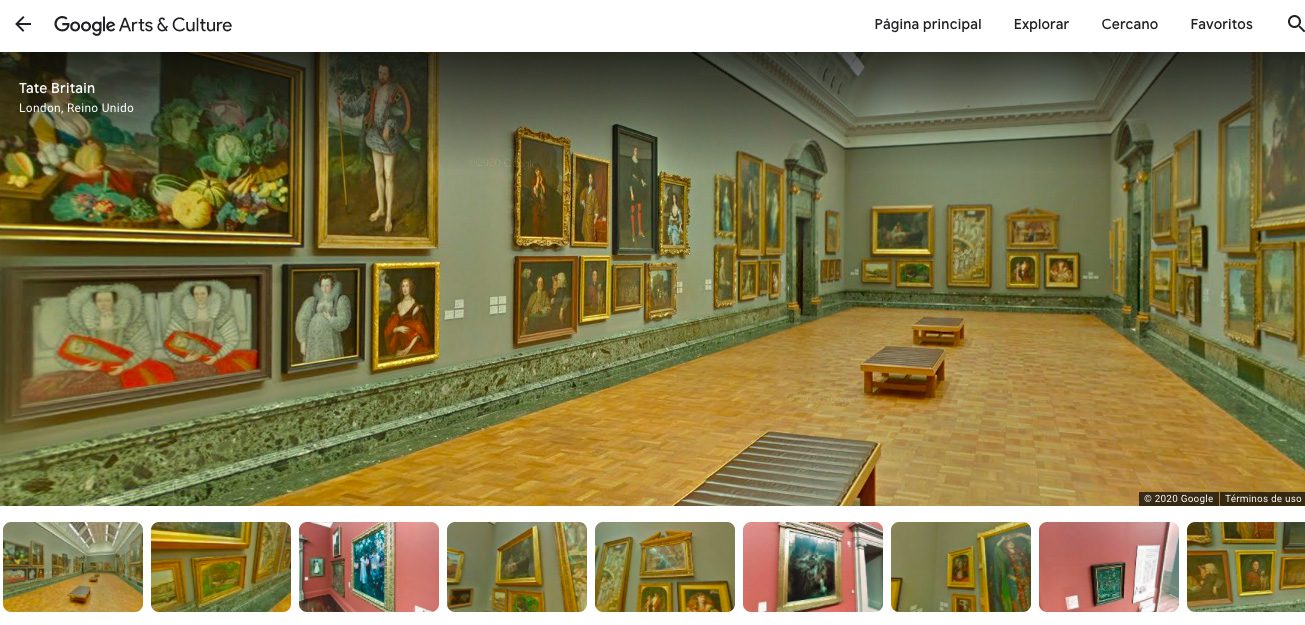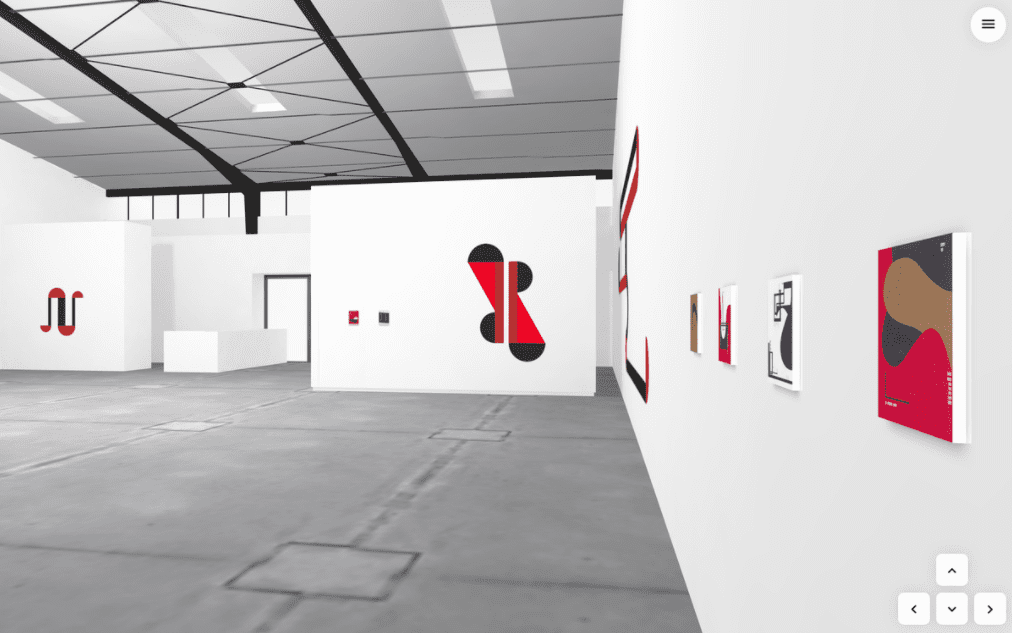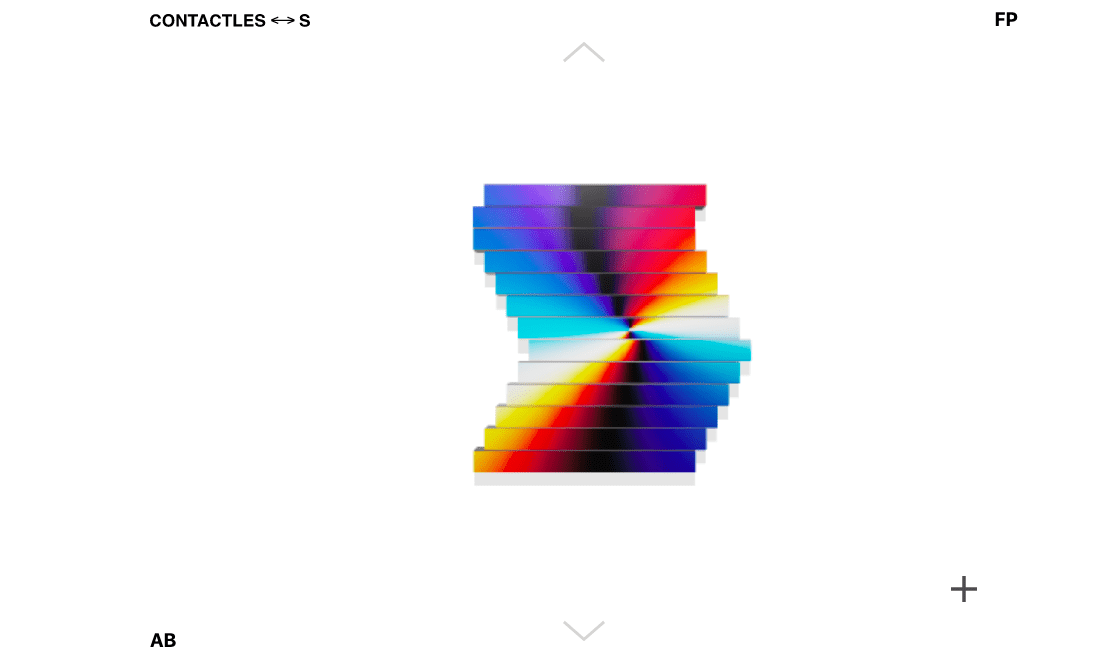Virtual art exhibitions are now a reality; and this is not only because museums and galleries around the world had to close their doors due to the pandemic. Online shows are a direct consequence of the changes in the way people are consuming culture and the technological progress of recent years.
Since the last decade, museums and galleries have been experiencing a decrease in the number of visitors, seeing not only their economic sustainability threatened but also their primary objective – bringing art close to the people. One of the factors that led to this fall in attendance is the predominance of social media, as it has completely changed the way people consume art and culture. The tendency up until now was to put the discourse -the concept- as the main element of an exhibition; but now the importance has been transferred to the experience and the instagrammable art -being this a trend in every aspect of the consumer’s behavior and not exclusive to the arts and culture. Some examples are found in the immersive museum TeamLab Borderless or the Magritte retrospective presented in the SFMoMA in 2018 which included interactive installations at the end of the show aimed to offer a “selfie” moment.
Before, the public depended on museums and galleries to discover new artists and to know more about their work. Now, people have direct access thanks to social media. One can talk with artists and buy their work directly on Instagram, without a gallery as the intermediary. In curatorship and marketing terms, museums and galleries had years debating between keeping their traditional strategies or exploring new ways.
The rise of COVID-19 and the subsequent pandemic forced cultural institutions to close their doors, making their deficiencies even more visible. With the lockdown, museums and galleries had to embrace new technologies and implement virtual tours -the digital experience of an exhibition shown in a real, physical space- to keep their spaces alive. Now with the extension of the confinement and the implementation of health measures, the efforts will have to be directed to develop online-exclusive shows.

Virtual exhibitions have been implemented by galleries since 2015 as a tool to improve their sales –being David Zwirner Gallery one of the pioneers–, but in the post-COVID world, this format is also allowing museums and cultural institutions to keep offering free access to art. Being this –the free accessibility– one of the pillars of the internet, virtual exhibitions represent a step forward to the democratization of art.
Many in the art world might say that the online experience cannot replace the physical encounter with a painting or a sculpture, but the reality is that both collectors and viewers are more and more comfortable with this format. For galleries, virtual exhibitions besides improving sales, represent reaching a global audience. For viewers, they mean the opportunity to access and explore art from anywhere in the world. In terms of curatorship, the disappearance of the spatial barriers will allow one exhibition to happen in different parts of the world, giving a large number of artists an opportunity to showcase their work, and attracting a wider audience as well. This technology could change the structure of the art world completely.

As people can access from the comfort of their own homes, they will live a more intimate experience and engage more freely with the artwork. The translation from physical to virtual spaces will bring the opportunity of exploring new ways of presenting art and other exciting challenges in terms of curatorship and exhibition design; even as we return to our new reality.
The current development of online shows will impact the way physical exhibitions are going to be curated in the future. We predict the proliferation of hybrid models in the years to come as incorporating technology, such as virtual or augmented reality, will increase the engagement with the viewers while giving the institutions an excellent opportunity to enhance the general experience.
With the pandemic, museums and galleries saw the opportunity to finally move to the digital arena. The challenge now is not to make the jump from offline to online strategies but to understand how to make the aesthetic experience through a screen equally rewarding.

Visiting several online exhibitions, three persistent formats stood out. The less complex one is the presentation of the artworks as flat images, which is a photo gallery with descriptive texts, as it is the case of the valuable platform of Google Arts & Culture or the shows presented by Hauser & Wirth. In the next level are the 3D spaces that literally translate the white cube to the digital realm but keeping the artworks as flat images, as the recent exhibitions developed by Casa Equis. Lastly, we found more experimental spaces where the pieces are finally three-dimensional but generally the platforms are difficult to navigate making the experience short and very confusing, as the initiatives by Centro Cultural Casa del Lago Juan José Arreola.
Whichever is the chosen format, what is clear is that the aesthetic experience is undoubtedly changing and that the materiality of the artwork is no longer the principal factor to engage or connect with the viewer. The problem is that these types of exhibitions, although efforts worth recognizing, are not offering a satisfactory alternative to the physical experience.

We cannot continue designing exhibitions for the digital world following guidelines of the physical world. We need to explore them with tools that are digital as well, such as incorporating 360º views of the artwork, videos, audios, links, among other types of content already living in the web, to build a holistic experience that will stimulate all our senses, provoke curiosity and generate more engagement. The objective of the design and curatorship has to be to offer a deeper level of immersion and participation for the viewer.
An area of opportunity is found in real-time strategies such as webcams showing the artists working in their studios, online chats to have conversations with the artists and/or curators or even to develop online artworks that are not only interactive but participatory. These make us think that changes in the creative processes will also occur as the artists will have to conceive their work to be seen through electronic devices, and will have to give a more active role to the viewers. It is exciting to think of all the new art forms that are going to be developed.

Like everything, the art world will have to adapt and evolve rapidly to stay current. In MASSIVart we think that the answer might not be developing new technologies but learning how to use the existing ones more creatively. Artists, cultural institutions, curators, and other members of the art scene, will have to rethink the digital space as an autonomous one, with infinite new possibilities to create, show, and sell art.
| Cookie | Duration | Description |
|---|---|---|
| cookielawinfo-checkbox-analytics | 11 months | This cookie is set by GDPR Cookie Consent plugin. The cookie is used to store the user consent for the cookies in the category "Analytics". |
| cookielawinfo-checkbox-functional | 11 months | The cookie is set by GDPR cookie consent to record the user consent for the cookies in the category "Functional". |
| cookielawinfo-checkbox-necessary | 11 months | This cookie is set by GDPR Cookie Consent plugin. The cookies is used to store the user consent for the cookies in the category "Necessary". |
| cookielawinfo-checkbox-others | 11 months | This cookie is set by GDPR Cookie Consent plugin. The cookie is used to store the user consent for the cookies in the category "Other. |
| cookielawinfo-checkbox-performance | 11 months | This cookie is set by GDPR Cookie Consent plugin. The cookie is used to store the user consent for the cookies in the category "Performance". |
| viewed_cookie_policy | 11 months | The cookie is set by the GDPR Cookie Consent plugin and is used to store whether or not user has consented to the use of cookies. It does not store any personal data. |